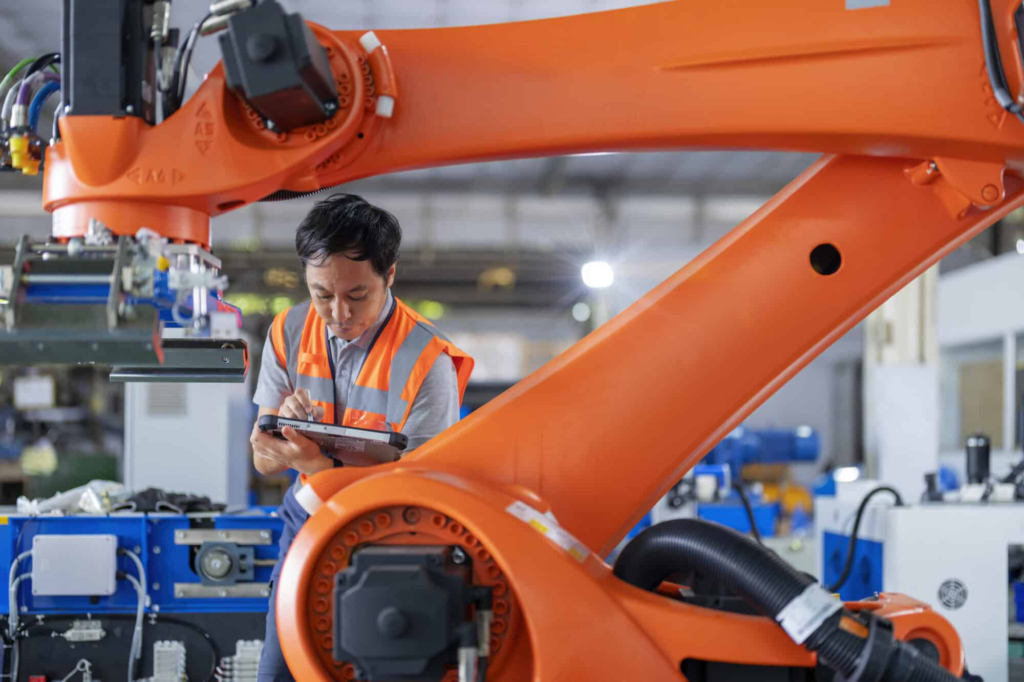Top Manufacturing Trends in the U.S. for 2025
As 2025 unfolds, the U.S. manufacturing landscape continues to evolve at a rapid pace. From advanced technologies to sustainability priorities and geopolitical influences, manufacturers are adopting new strategies to remain competitive. Whether you are a business looking to streamline your supply chain or the bestsourcing agent Asia has to offer, staying on top of these trends is critical for decision-making.
In this blog, we explore the top 10 manufacturing trends shaping the United States in 2025 and how they affect sourcing and production strategies.
1. Smart Manufacturing and Industry 4.0
Smart factories powered by IoT, AI, and machine learning are at the heart of Industry 4.0. These technologies enable real-time monitoring, predictive maintenance, and greater agility in production planning. Companies investing in intelligent automation are seeing gains in efficiency and faster time-to-market.
Sourcing tip: Partnering with the bestsourcing agent who understands the needs of Industry 4.0-ready manufacturers can help you navigate tech-driven supplier ecosystems effectively.
2. Domestic Reshoring and Nearshoring
With continued geopolitical tension and rising shipping costs, U.S. companies are re-evaluating their dependence on overseas manufacturing. Reshoring (bringing manufacturing back to the U.S.) and nearshoring (sourcing from neighboring countries like Mexico) are gaining traction in 2025.
This shift opens opportunities for sourcing agents to establish reliable networks closer to the end market. It also underscores the importance of flexibility in manufacturing solutions.
3. Green Manufacturing and ESG Goals
Sustainability is no longer optional. U.S. manufacturers are adopting eco-friendly production practices, including renewable energy use, waste reduction, and circular economy models. Meeting Environmental, Social, and Governance (ESG) standards is now essential for investor trust and consumer loyalty.
Sourcing agents can add value by vetting suppliers for ESG compliance, especially in international markets where standards may vary.
4. Workforce Upskilling and Automation Balance
While automation grows, human capital remains critical. The U.S. manufacturing sector is investing heavily in upskilling to bridge the talent gap. Skilled technicians who can operate, maintain, and program smart machines are in high demand.
Partnering with sourcing agents familiar with labor market dynamics helps in identifying suppliers that strike the right automation-human balance.
5. Supply Chain Transparency and Traceability
In 2025, visibility across the entire supply chain is no longer a luxury—it’s a must. U.S. manufacturers are demanding complete traceability from raw materials to delivery. This ensures compliance, improves quality control, and builds consumer trust.
Working with the bestsourcing agent Asia, who can provide supplier transparency, on-site factory audits, and detailed production reporting, is a strategic advantage.
6. Additive Manufacturing (3D Printing)
3D printing is moving beyond prototyping into small-scale and mid-volume production. This allows manufacturers to produce customized and complex parts faster, with less waste. Industries such as aerospace, healthcare, and automotive are leading this adoption.
For sourcing agents, this trend represents an opportunity to identify suppliers with advanced additive capabilities.
7. Modular Manufacturing
U.S. manufacturers are embracing modular and flexible production systems, which allow them to pivot quickly in response to demand shifts. Modular manufacturing reduces downtime and accommodates product customization without major retooling.
Sourcing agents who understand these systems can match buyers with factories designed for agility.
8. AI and Predictive Analytics in Production
Artificial intelligence is enhancing decision-making on the production floor. From demand forecasting to real-time quality control, AI tools help manufacturers improve efficiency and reduce waste.
For businesses sourcing from the U.S. or abroad, choosing partners who embrace predictive analytics ensures a more reliable and cost-effective supply chain.
9. Digital Twins and Simulation Tools
Digital twins—virtual replicas of manufacturing processes—enable real-time simulations to optimize performance and reduce risks. U.S. factories using these technologies can spot inefficiencies before they become costly errors.
Sourcing agents who prioritize innovation can help clients identify forward-thinking production partners.
10. Regulatory and Trade Policy Changes
Trade policy remains a powerful influence on U.S. manufacturing. Recent shifts in import tariffs, trade agreements, and environmental regulations are shaping how and where products are made.
Sourcing partners with global policy awareness can guide clients through compliance and tariff optimization.
Final Thoughts
The U.S. manufacturing landscape in 2025 is more dynamic, digital, and decentralized than ever before. Navigating this environment requires deep knowledge, a strong network, and strategic sourcing.
Whether you’re seeking sustainable packaging suppliers, advanced manufacturers, or scalable fulfillment solutions, partnering with the bestsourcing agent Asia gives you access to vetted suppliers and expert procurement support.
Stay ahead of the curve with the right sourcing strategy—powered by technology, sustainability, and agile operations.
